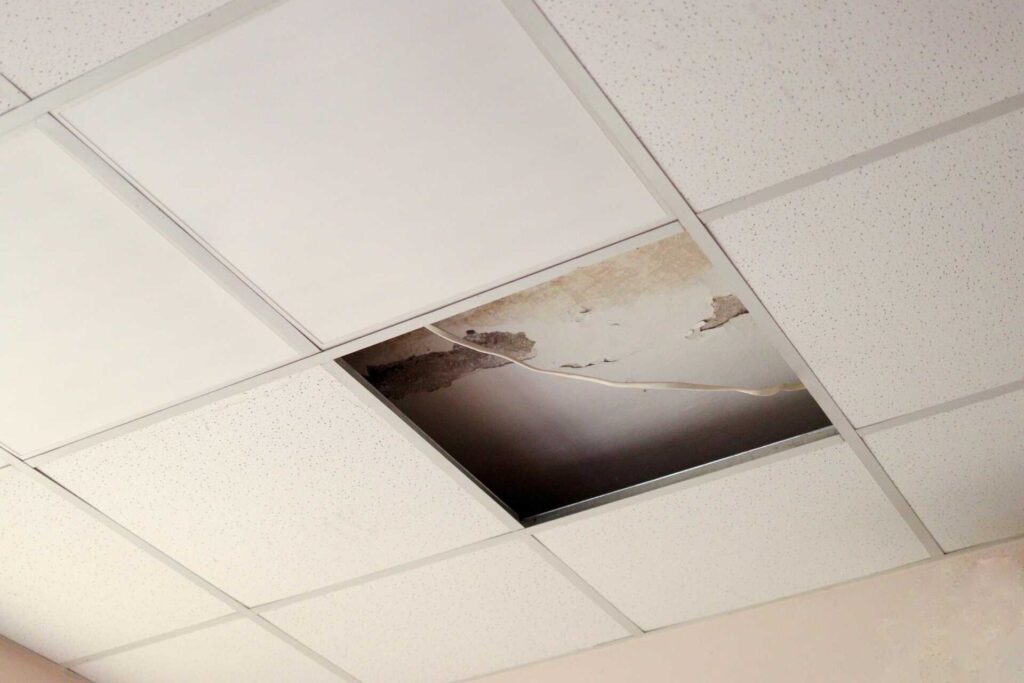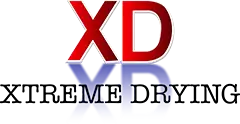
Contents
To excel in commercial mold remediation, experts like yourself must master key techniques for accurate detection and effective removal. With advanced equipment and preventive measures, your success hinges on meticulous inspection and safe practices. But there’s an essential fifth tip that ties it all together, ensuring your expertise shines in this critical field.
Key Takeaways
- Conduct thorough mold inspections using advanced equipment for accurate assessment.
- Implement effective mold removal strategies like HEPA vacuuming and containment barriers.
- Utilize high-tech equipment like air scrubbers and moisture meters for efficient remediation.
- Focus on preventive measures to control moisture levels and prevent mold growth.
- Prioritize safety by providing proper PPE, containment zones, and ventilation during remediation.
Proper Mold Inspection Techniques
When examining for mold in commercial settings, it’s important to employ strict techniques to ensure thoroughness. Proper moisture detection is vital for identifying areas where mold may be present. Utilizing advanced moisture meters and thermal imaging cameras can help pinpoint potential sources of water intrusion that may be promoting mold growth. By focusing on areas with high moisture levels, you can effectively narrow down where mold is likely to be found.
In addition to moisture detection, evaluating air quality is crucial in mold inspection. Mold spores are microscopic and can easily become airborne, impacting the overall air quality in the building. Conducting air sampling tests can help identify the presence of mold spores in the air, even in areas where visible mold growth isn’t obvious. Monitoring air quality before and after remediation efforts can provide valuable insights into the effectiveness of the mold removal process.
To ensure a thorough inspection, it’s important to systematically survey all areas of the commercial property, including concealed spaces like crawl spaces and behind walls. Documenting findings through photographs and detailed notes is necessary for developing a remediation plan tailored to the specific mold issues identified. By following these thorough inspection techniques, you can effectively identify and address mold problems in commercial settings.
Effective Mold Removal Strategies
To effectively eradicate mold from commercial settings, employing a combination of proven strategies is pivotal. Mold testing is a vital step in determining the extent of the contamination and the type of mold present. Conduct thorough testing to identify the affected areas accurately.
Once the assessment is complete, it’s time to implement efficient removal techniques. Utilize methods such as HEPA vacuuming, damp wiping, and encapsulation to eradicate mold from surfaces.
When dealing with mold removal, containment is key. Set up physical barriers and negative air pressure to prevent mold spores from spreading to unaffected areas. Proper ventilation is essential during removal to ensure airborne mold particles’ dispersal.
Additionally, utilizing personal protective equipment (PPE) is essential to safeguard the health of workers involved in the remediation process.
Consider the use of antimicrobial agents to inhibit mold growth and prevent future contamination. After removal, thorough cleaning and disinfection of the affected areas are crucial to ensure a mold-free environment. Regular monitoring and maintenance are also recommended to prevent mold recurrence.
Utilizing Advanced Equipment
Amidst the intricate process of commercial mold remediation, the utilization of high-tech equipment plays a significant role in ensuring thorough and effective removal. To maintain the efficiency and effectiveness of the equipment, regular maintenance is essential. It’s vital to follow manufacturer guidelines for upkeep and promptly address any issues to prevent downtime during remediation projects.
In addition to equipment maintenance, proper training is necessary for commercial mold remediation experts to utilize advanced equipment effectively. Training requirements ensure that technicians understand the complexities of the equipment, including safety protocols and operational procedures. By investing in extensive training programs, companies can enhance the skills of their team members and improve the overall quality of mold remediation services.
Furthermore, advanced equipment such as HEPA vacuums, air scrubbers, and moisture meters enable professionals to identify and eliminate mold growth more efficiently.
HEPA vacuums efficiently capture mold spores, preventing cross-contamination during removal.
Air scrubbers help enhance indoor air quality by filtering out airborne mold particles.
Moisture meters assist in detecting concealed sources of moisture that contribute to mold growth, allowing for targeted remediation efforts.
Implementing Preventive Measures
In ensuring long-term success in commercial mold remediation projects, implementing preventive measures is vital. To effectively prevent mold growth, focus on controlling moisture levels and optimizing ventilation systems within the commercial space.
Moisture control is crucial as mold thrives in damp environments. Regularly inspect plumbing fixtures, roofs, and walls for leaks and promptly repair any issues to prevent water intrusion. Implementing proper ventilation systems is equally important, as good airflow helps to reduce humidity levels, making it harder for mold to grow.
To enhance moisture control, consider using dehumidifiers in areas prone to dampness, such as basements or bathrooms. Additionally, make sure that ventilation systems are adequate for the size of the space and function effectively to circulate air properly. Regularly clean and maintain ventilation ducts to prevent blockages that can trap moisture.
Proactive measures like installing moisture-resistant materials in high-risk areas and using mold inhibitors in paints can also help prevent mold growth. Educating occupants about proper ventilation practices and the significance of promptly reporting any signs of water damage can further support your preventive efforts. By prioritizing moisture control and optimizing ventilation systems, you can significantly lessen the risk of mold infestations in commercial settings.
Ensuring Safe Mold Remediation Practices
When engaging in mold remediation projects, maintaining safe practices is essential for protecting the health and well-being of individuals within the commercial space. Implementing proper safety measures is vital to mitigate health risks associated with mold exposure during remediation processes. To secure a safe mold remediation practice, it’s necessary to follow specific guidelines that prioritize the well-being of all occupants.
Firstly, before beginning any remediation work, ensure that all individuals involved are equipped with appropriate personal protective equipment (PPE) such as gloves, masks, and goggles. These safety measures are crucial in preventing direct contact with mold spores, which can pose significant health risks if inhaled or touched.
Secondly, containment zones should be established using barriers and negative air pressure to prevent the spread of mold spores to unaffected areas within the commercial space. This containment strategy is a vital safety measure to limit exposure and protect the health of building occupants.
Lastly, proper ventilation and air filtration systems should be in place throughout the remediation process to ensure that airborne mold spores are effectively removed from the indoor environment. By diligently implementing these safety measures, commercial mold remediation experts can effectively mitigate health risks and create a safer environment for all individuals within the space.
Recap
By following the top 5 tips for commercial mold remediation experts, you can ensure a thorough and effective removal process while maintaining a safe environment for all. Remember, attention to detail and utilizing advanced equipment are key to successfully identifying and eliminating mold in commercial settings. Stay proactive in implementing preventive measures and safe remediation practices to prevent future mold issues. Your dedication to excellence in mold remediation will surely lead to successful outcomes.
Recent Posts
Your Trusted Guide to Flood Damage Repair
It’s essential to act quickly and methodically to mitigate any further issues from flood damage.
Comprehensive Flood Damage Repair Process Explained
Flood damage repair can seem like an insurmountable task, but it’s important to tackle it
What Is the Step-by-Step Flood Damage Repair Process?
When you face flood damage, evaluating the damage, extracting water, and drying the area are
